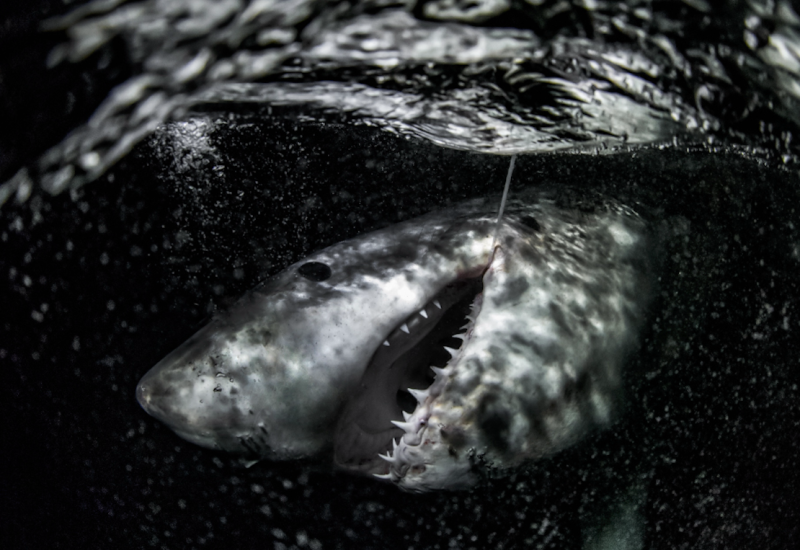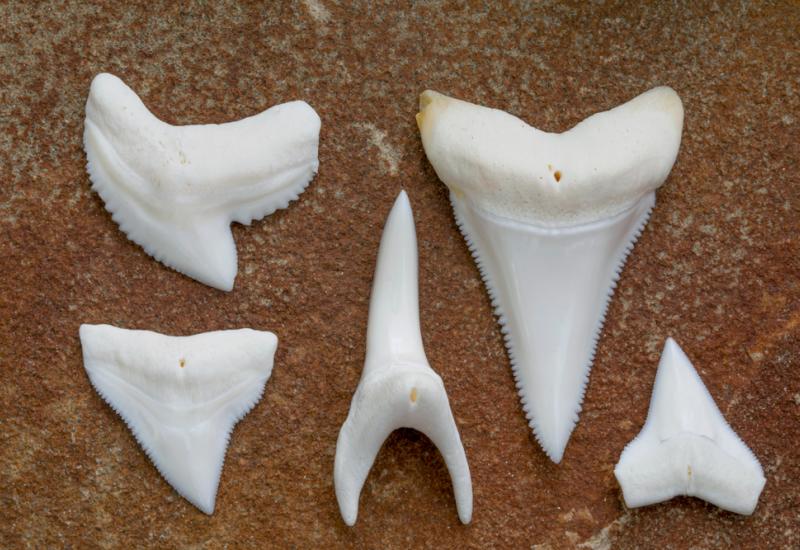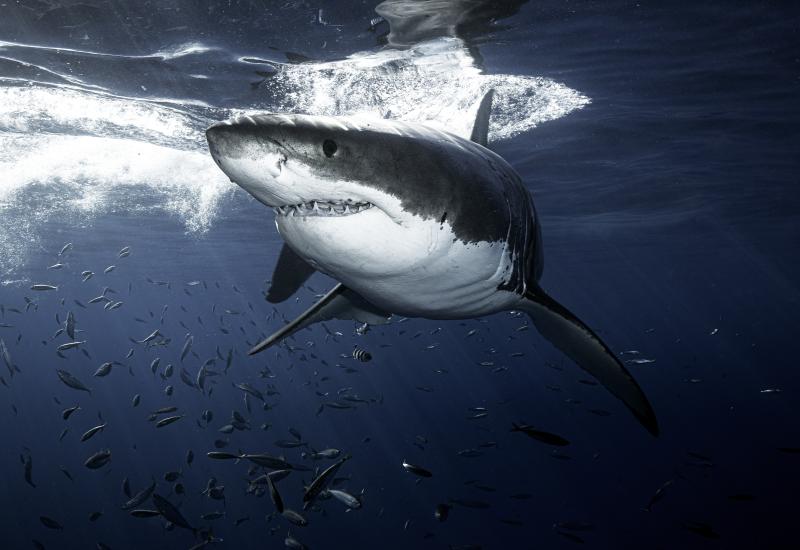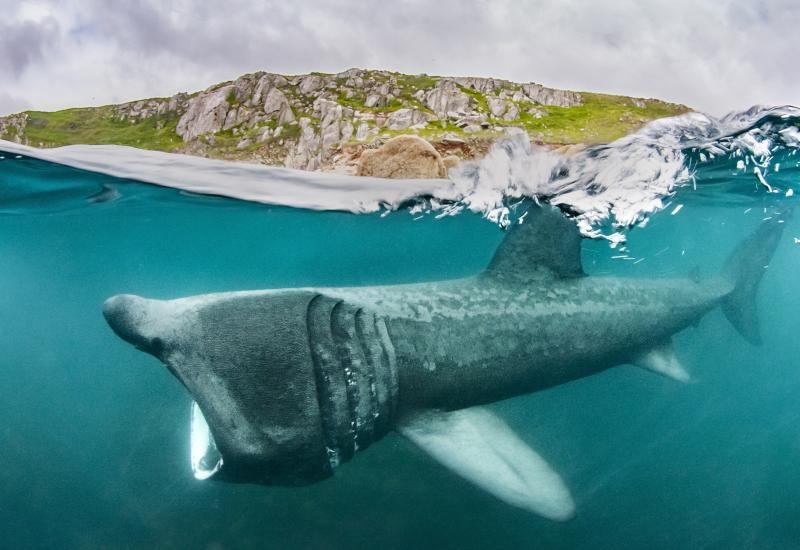Scuba Diving with Sharks in Belize
Every few minutes I see my dive buddies up ahead turn around and, with big eyes, point behind me. There’s another shark!
We’re finning along Half Moon Caye Wall in Belize’s Lighthouse Reef — one of its three major atolls — and a beautiful 7-foot Caribbean reef shark is making frequent passes by our group. We see several reef sharks on our tour of the wall, putting a perfect pelagic cap to the dive experience that features swim-throughs, colorful corals and fish darting all around.
In fact, Caribbean reef sharks are just one of the many species you may see diving off this Central American country. The next day, as we explore Black Coral Wall, a curious free-swimming nurse shark makes a few passes by our group to put on a show.
And from March through June, whale sharks make their way to southern Belize during the full moon, attracted by the spawning of cubera snapper, mutton snapper, dog snapper and more. Splash Dive Center makes trips to Gladden Spit with guides during the season, when you can scuba dive or snorkel by the whale sharks.
Belize is known for its healthy reefs, epic blue hole and topside treks, but if you want to hang with sharks, it’s not too shabby.
More facts about the sharks of Belize
• At least eight species of shark can be seen in the waters of Belize, including the hammerhead, bull, lemon, nurse, Caribbean reef and migrating whale shark.
• Nurse sharks are bottom dwellers that can grow up to 14 feet in length.
• They have thousands of tiny, serrated teeth, but are mostly harmless to humans.
• Nurse sharks are nocturnal and are often found resting during the day.
• Caribbean reef sharks are common in the Caribbean and western Atlantic.
• They are among the largest predators in reef environments, growing up to 10 feet in length.
• Caribbean reef sharks feed on reef fishes, cephalopods and small elasmobranchs such as eagle rays and stingrays.










